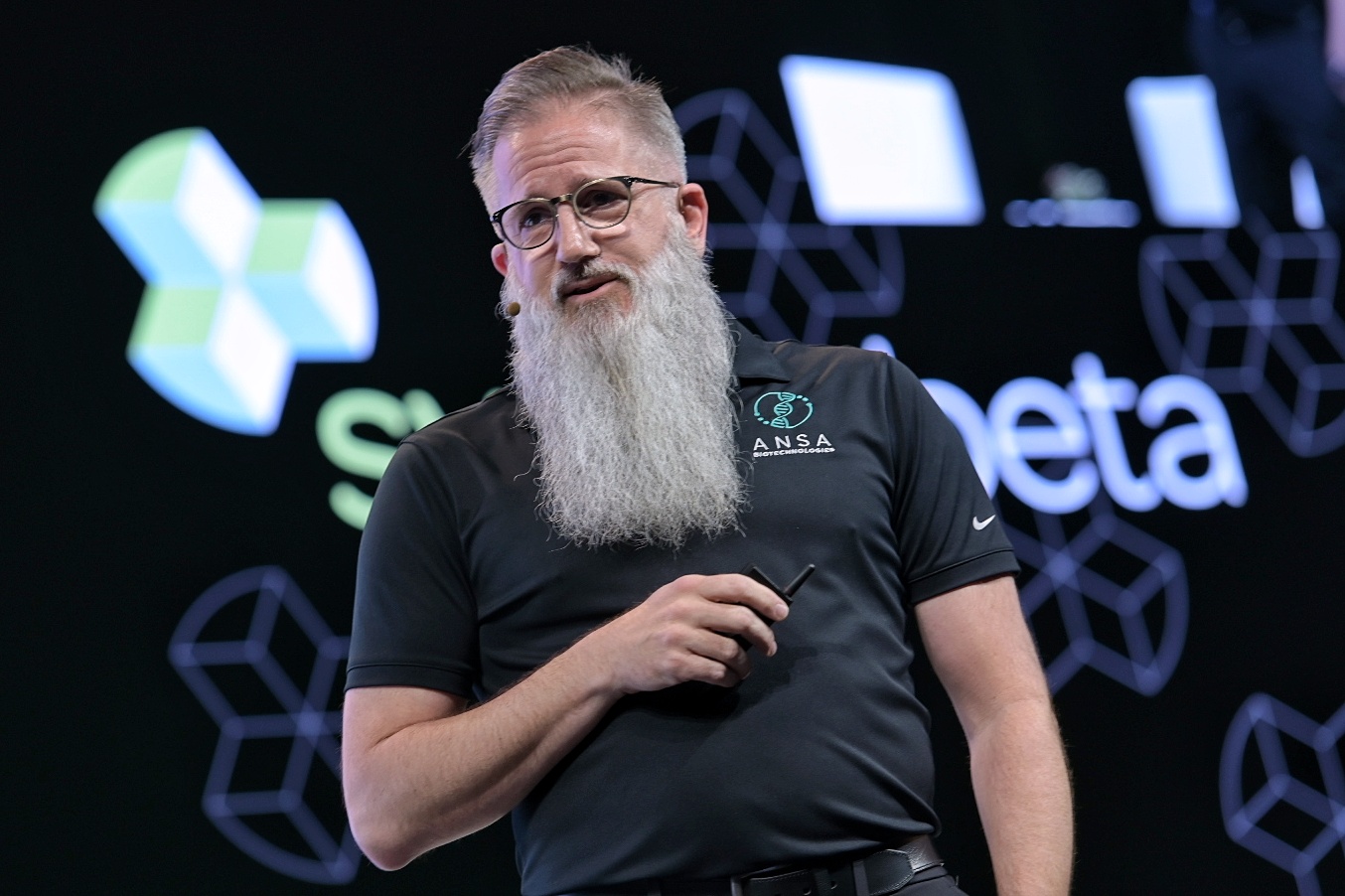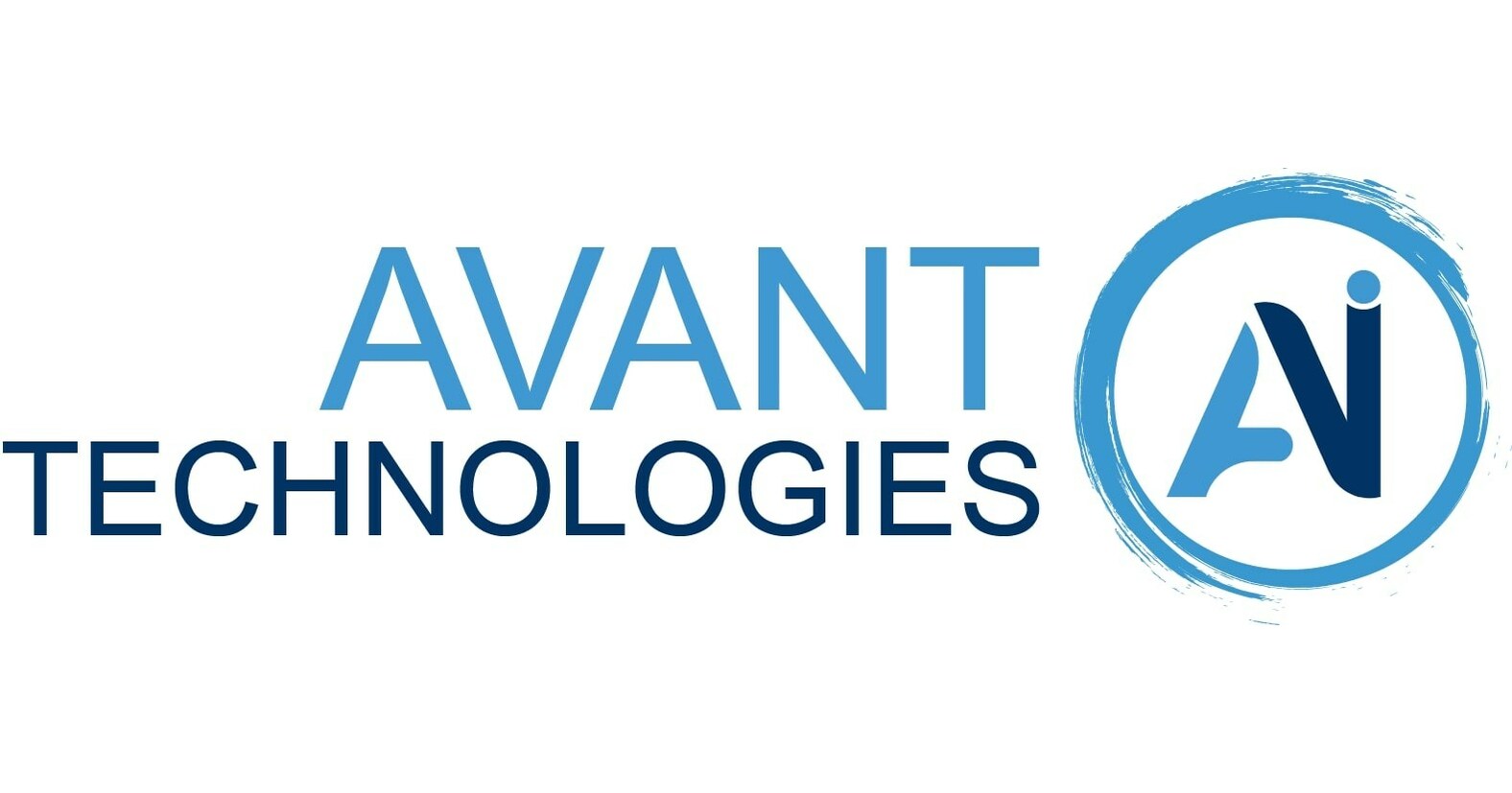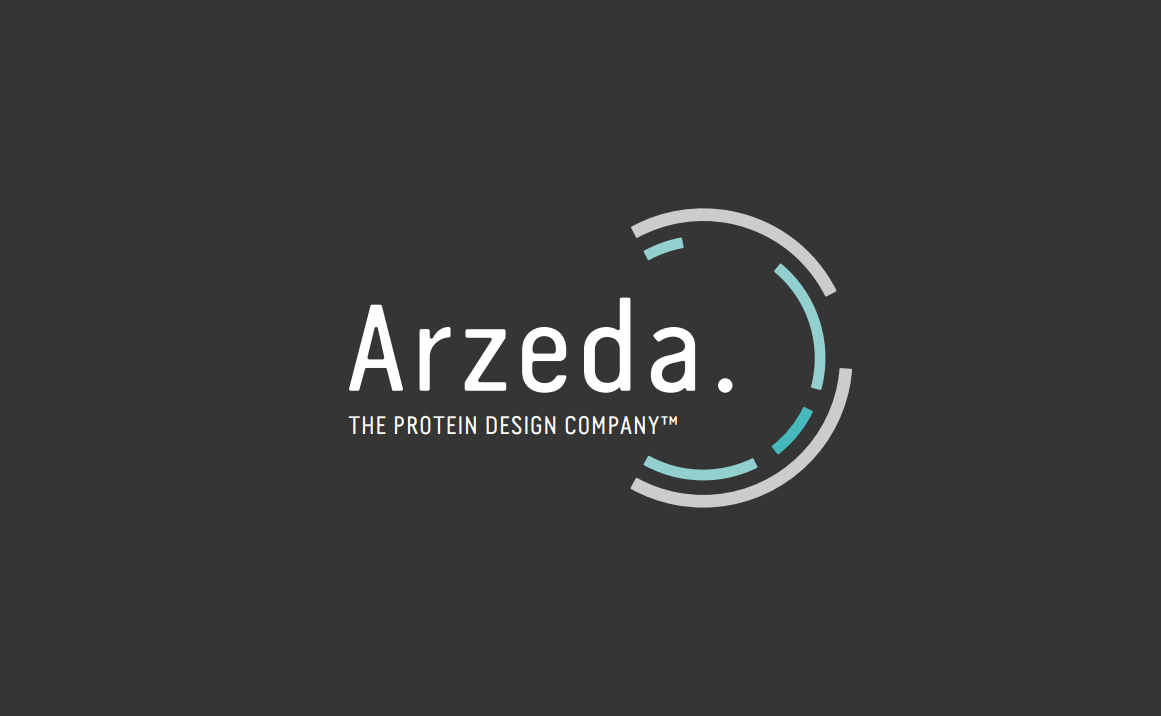The Garden Where Science, Art, and Philosophy Converge: An Interview with Scientist Poet Peter Bickerton
SynBioBeta is delighted to have a heartfelt conversation with Peter Bickerton, Earlham Institute’s science communicator, as well as Thought for Food’s resident poet.
Can you tell us how you got into science communication and writing? Was that a gradual process, or did you always want this path, or was there some sorts of “road to Damascus” epiphany?
I fell into it completely by accident. At school I fell in love with biology, at university I fell in love with plants, and at the end I didn’t want my love story to come to a close. I started a PhD, but realised that working in a lab was not what I wanted to do at all.Yet, a wonderful woman at the University of Manchester called Amanda Bamford inspired me to talk about plants to the public practically every weekend. While in Plymouth, observing the algae I was working on down a microscope at the Marine Biological Association, I realised that biology itself was art, which is when I wrote one of my first poems.I didn’t even know I was good at writing about science until I started writing about science - which, it turns out, is nothing more complex than using simple language to describe the living world as the scintillatingly gorgeous phenomenon that it is.It helps that there are amazing scientists all over the world performing incredible research that is truly deserving of the word awesome. Sometimes, those scientists need help in painting that picture in the way it deserves to be painted.I’m unbelievably lucky to work at Earlham Institute, where I get the chance to write about not only biology, but how we use technology such as genome sequencing, synthetic biology and supercomputing to explore the very nature of living systems.
Can you tell us more about science and poetry? A poem for us?
This was one of my first poems that I wrote after leaving the dark microscope room after ten hours at 10pm and stepping into the night. I’ve reworked it and added another two verses for you, so it’s an old poem and a new one at the same time!When you look at the starsWhat do you see?I see plates of algae.And like sun splashes,Bright green flashes.The flagella danceTo the calcium beat,While the optics flareIn the laser’s refracted rays.Away from the lens,My eyes still filledWith algae as starsAs I step into the night;I look up into the midstOf a seafoam twilight.My tiny green starsStill glowing bright.

Shutterstock, by Lebendkulturen.de: The green alga Volvox aureus with daughter colonies growing within the main colony. One of Pete’s favourite organisms on the planet, and pretty similar to the ones he wrote the poem about.
What do you see as poetry's role, and art's role more generally, in shaping the scientific enterprise?
Poetry isn’t something that people seem to enjoy as much as they used to, but there are still people who manage to inspire others through spoken word especially.I’ve been lucky enough to be able to drive conversations through my poetry at events such as Thought for Food, where I have performed slam poems looking at climate and agriculture in particular. Even though people don’t tend to read much poetry any more, there is still an appreciation of the method of applying meter and rhyme to accentuate a point, especially when poetry is performed live.I think that poetry and art are invaluable vessels with which to disseminate science through more accessible means. Science papers have too many big words that no-one understands, whereas a good poem expands a concept using beautiful language and analogy.I suppose, in general, art captures a moment in time, or a feeling, better than science - therefore science should harness that to its advantage. Showing people facts and figures in the form of graphs simply does not work when trying to argue scientific concepts - that is absolutely certain.Science needs to learn from art in how to present itself to play to emotion and not logic.

Pete performing a slam poem at the Thought for Food Global Summit 2016 in Zurich. Photo courtesy of Thought for Food.
What’s the missing link of science communication?
I think the missing link is the people who don’t want to listen (often in government). How we reach them is anyone’s guess; preaching to the converted is what we tend to do, educating the willing is possible, convincing the unconvinced is manageable, but changing a made-up mind is nigh-on impossible, and trying to do so is arguably pointless.Thankfully, biological and technical innovations progress over time -- often hundreds of years -- despite resistance from those who don’t want to accept them. Alas, there are always those who won’t, through reasons outside of logic.Humans aren’t logical machines. Pythagoras suggested the world was round 2500 years ago, Magellan proved it by sailing around it 500 years ago, yet a not insignificant number of people will still argue that the Earth is flat. They’re not worth dealing with.I don’t think science communications does a great job at reaching groups outside of those already turned on to science in general, or completely turned off it. It’s easy to inspire someone who has already been given the opportunity to become interested in science, it’s easy to argue with people like Richard Dawkins always does with creationists (completely in vain); it’s much less simple to reach the people who really need to be reached, or to teach the people who need to be taught.Maybe we need to learn how the anti-vaccine brigade manage to persuade people to do things against their better judgement in order to combat it? Maybe we need to cut our losses and accept that ignorance will always be a part of society?Maybe more scientists should be in government, full stop. Fighting the anti-scientific populism that is always on the fringes of politics and sometimes wangles its way into power.
What drives you? What’s your ultimate goal?
What drives me is to inspire and be inspired, daily, through the people I know and the people I am yet to know.Actually my ultimate goal is to be an international bestselling author of a series of novels that brings the science and technology happening now and in the near future into the laps of children and adults everywhere, written through the lens of different types of societal upheaval - war, climate change, or domination by another species.There is a lot of science fiction out there, some of which is great, but I’m not so much a fan as the technologies involved are often far out of reach or impractical. Most of the technology we use today is far more impressive than it gets credit for, we take everything for granted.I prefer to paint a dystopian present (or possibly utopian - the world is becoming a better place daily despite what is portrayed), celebrating the achievements of humans as well as warning against the potential pitfalls of our advances; not the creations themselves but who decides to use them and how.This is important to put into context.At the cinema recently I saw an advert for a typically shambolic upcoming movie featuring the Rock fighting genetically modified animals wreaking havoc, with a throwaway line about scientists messing with the genetics of these creatures.Even movies like Okja make me cringe, scientists and corporations portrayed as villains when the reality is that the vast majority of scientists in whatever industry are contributing positively to society. Where we’d be without vaccines, medicines and food is anyone’s guess but I’d rather not leave it to Instagram paleo warriors.As a scientist or science communicator, it’s hard to compete with this sort of inane yet highly digestible content being broadcast to a new generation of consumers and voters.
What will be the future of science communication?
Movements such as biohacking are becoming more mainstream, which may be where the future of science communication lies - actually doing science with people rather than telling them about it (or trying to). People such as Sebastian Cocioba are inspirational in this regard, while there are plenty of maker spaces opening up around the world encouraging people to get involved.As science itself becomes more open, as well as cheaper, grassroots science is becoming more of an option. Here, again, it’s important to establish good practice, and somewhere science communicators should perhaps focus their efforts in the coming years (watching an idiot inject himself in the leg to promote his vaccine was tragic).Something I would say is that we have an incredible science communication resource in our teachers and schools, who are constantly underpaid and underfunded. We need to treat them better, and maybe science will get a better rep in the meanwhile.Who knows, maybe more science graduates would want to become teachers if we actually respected their importance and value to society.
What changes should be made to create a better future?
This is very important. I was talking to a student only two weeks ago who attends a science college in Norwich. This college has a sister school, which is an arts college. It saddens me that arts and science are kept separate, and that one must take precedence over another.Science is philosophy, philosophy is imagination, imagination is art. They are all one and the same and we should teach that.Along with this comes the need to properly teach history, and how philosophy came to be science, how that science developed over millennia and how it now has improved our lives in so many ways. History is a much neglected subject and one that people actively seem to resent, yet it offers us more insight than any other.
Can you share your favorite one or two stories of art moving science?
Music is art and science at the very same time, and who is not moved by music?Mathematics is also an art, one which I am unfortunately not blessed with understanding, but which has literally moved mountains.Leonardo Da Vinci is a perfect example of an artist and a scientist, I’m not sure he saw much of a difference between the two - he quite literally drew parallels.

Shutterstock by Everett Historical: A page from the notebooks of Leonardo da Vinci, famous artist and scientist, whose work constantly drew parallels.
Who are you reading now? Who in this space inspires you these days?
My Nana lent me some HG Wells, which is sitting on my bedside table. I actually prefer to read fiction to inform my writing, so I’m working my way through some of the modern classics. I recently finished reading Shantaram, One Hundred Years of Solitude, and A Heart So White, as well as the latest book by Philip Pullman.I plan to finally read Wuthering Heights and Don Quixote this spring, as well as some children’s books by Michael Morpurgo, who has been one of the greatest writers of children’s literature.There are plenty of good science writers out there, and more and more artists who are presenting science in unique and interesting ways, so it’s hard to name one. I’d still say that it’s the science and the scientists who inspire me the most.
How has The Information Age and social media changed the conversation between art and science? (Double edge sword)
Now that robots can write books, I think the information age has made it clear that there isn’t really any reason for the two concepts to be considered as anything other than the two outstandingly wonderful products of human ingenuity.
What are the emerging challenges to artists and scientists alike?
Speaking from someone who lives in the UK, the government is continually cutting budgets such that the arts are underfunded and science is on its way to becoming underfunded.Schools are underfunded, teachers are underpaid, all of which means that schools are scrapping subjects such as art and music, which is an abhorrent shame and a failure of our society.




.svg)









-min.png)

.gif)